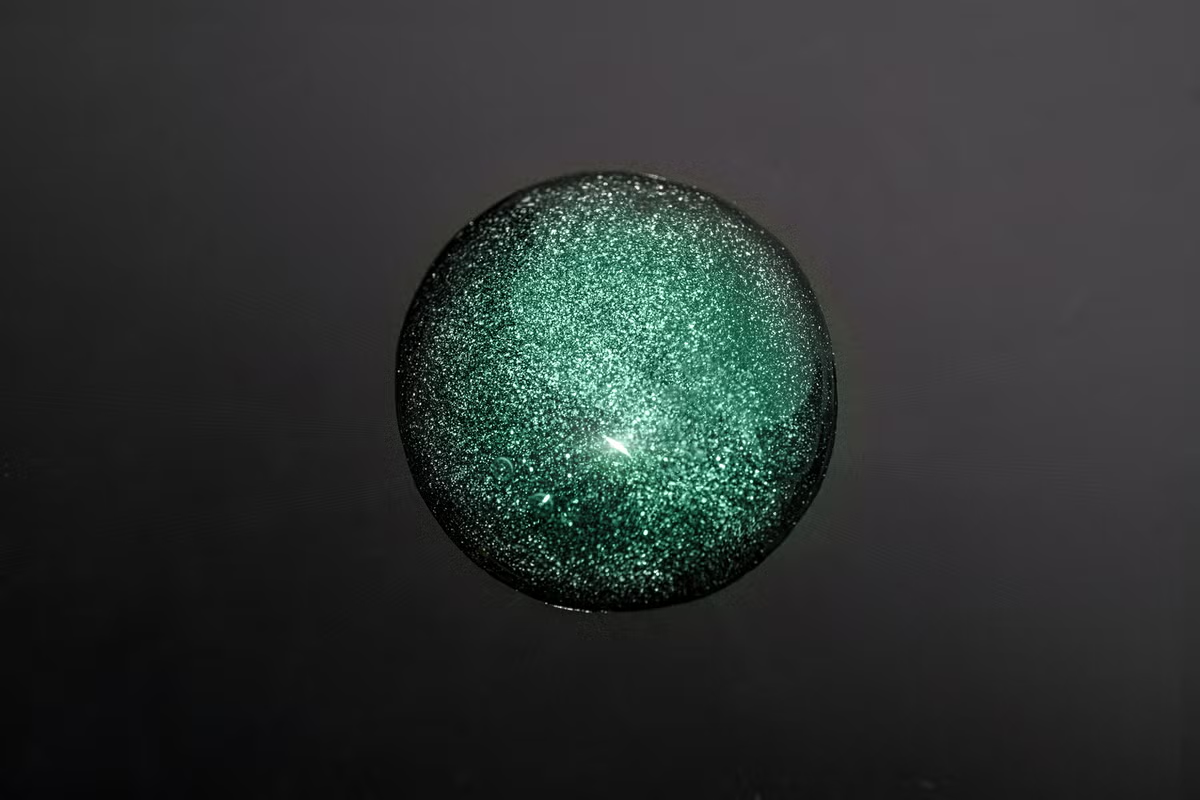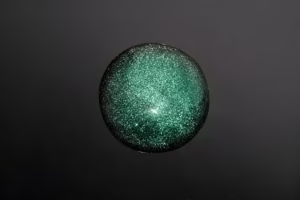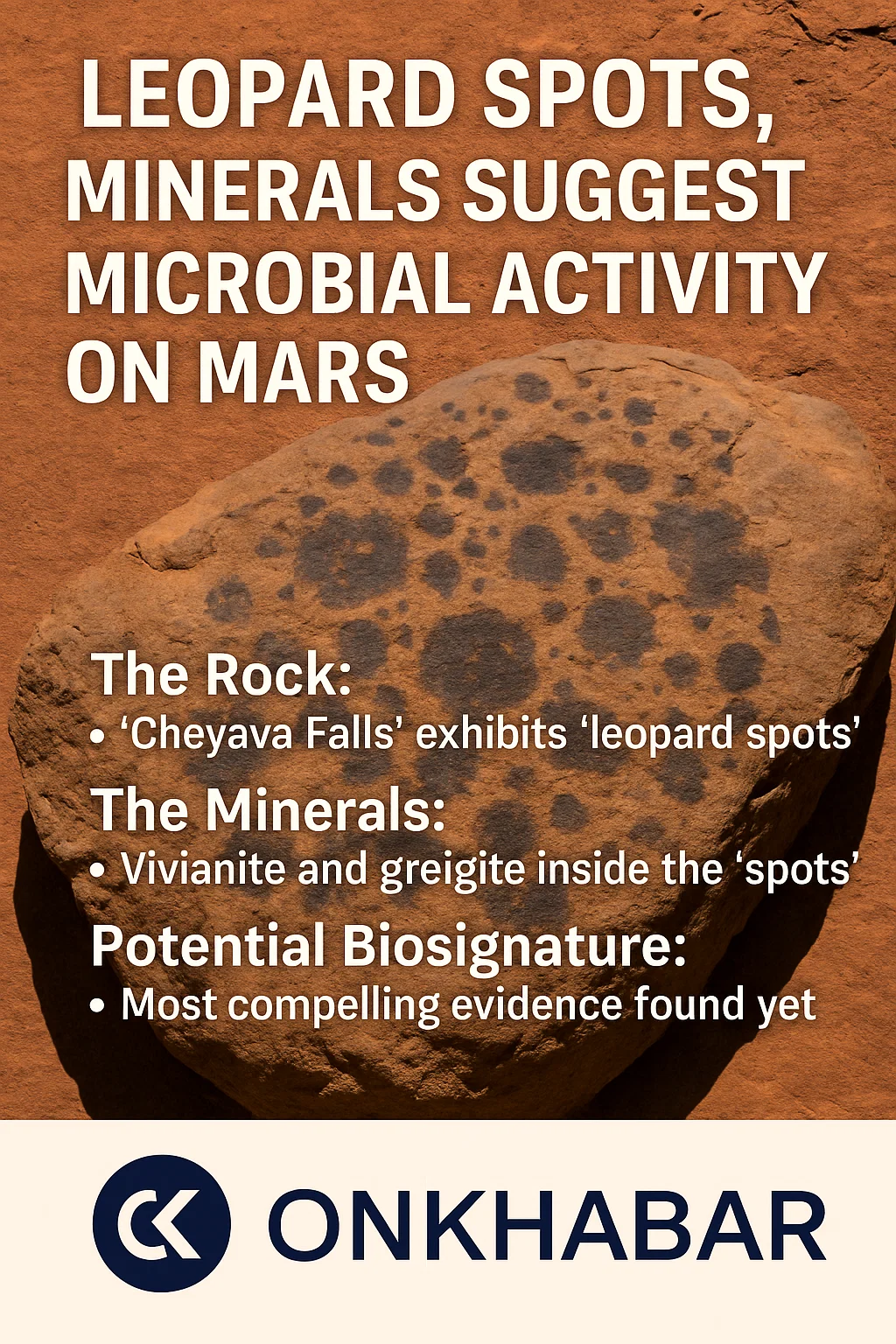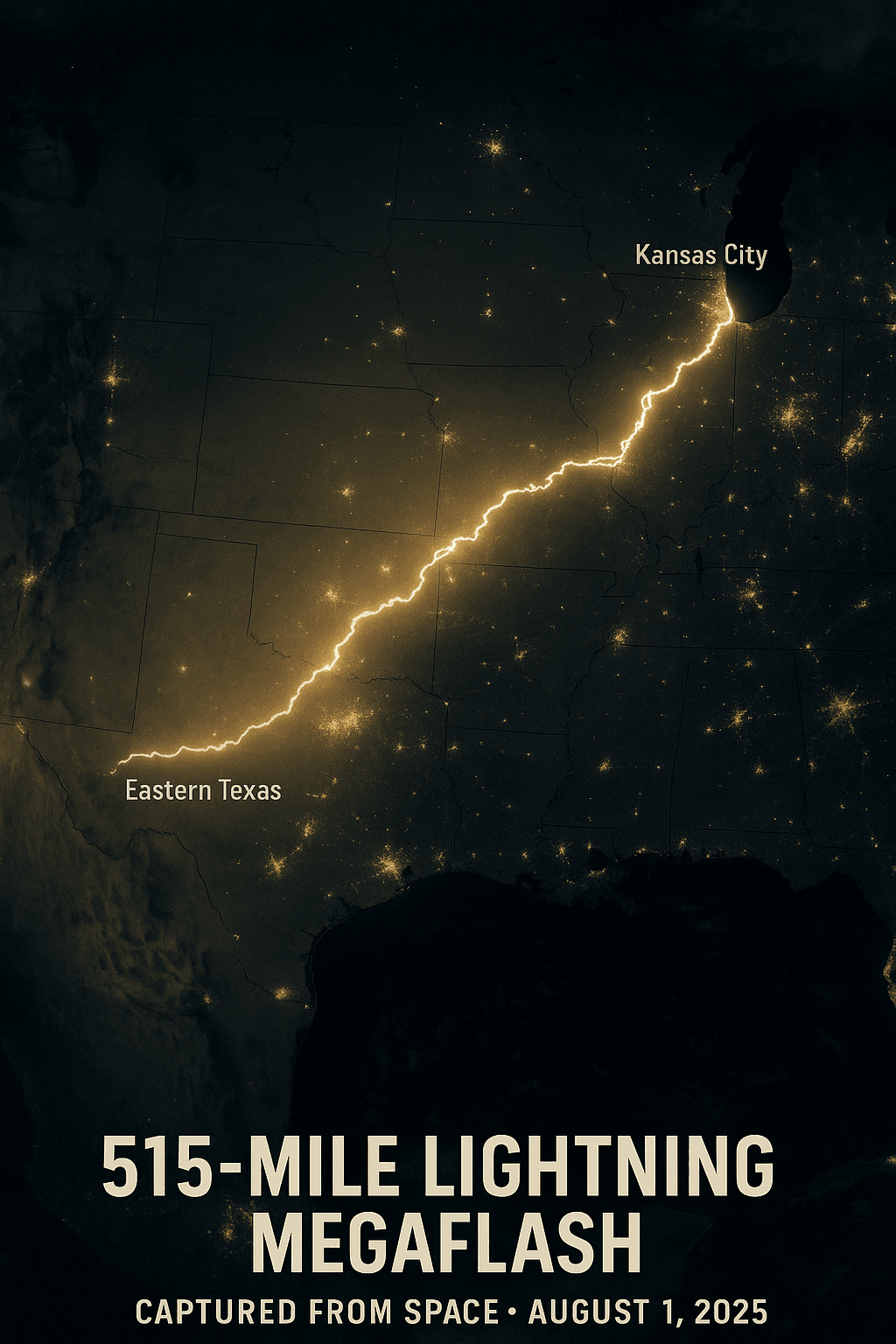
In the pitch-black depths of the Pacific Ocean, 4,000 meters below the surface, scientists have uncovered a phenomenon that defies one of biology’s oldest truths: oxygen can be produced without sunlight. Dubbed “dark oxygen,” this discovery in the Clarion-Clipperton Zone (CCZ) is not just a scientific marvel—it’s a revelation that could reshape our understanding of life’s origins, Earth’s history, and the ethics of deep-sea mining. Let’s dive into what this means for science, industry, and the planet.

The Clarion-Clipperton Zone: A Hidden World of Riches and Mysteries
Stretching 4.5 million square kilometers between Hawaii and Mexico, the CCZ is an abyssal plain famed for its polymetallic nodules—potato-sized rocks rich in nickel, cobalt, copper, and manganese. These metals are critical for manufacturing batteries, electric vehicles, and renewable energy infrastructure, making the CCZ a hotspot for deep-sea mining ambitions.
But beneath the seafloor’s mineral wealth lies a deeper secret. Researchers analyzing these nodules discovered something unexpected: they’re producing oxygen in total darkness. This “dark oxygen” challenges the long-held belief that photosynthesis—the process by which plants and algae convert sunlight into oxygen—is Earth’s sole source of breathable air.
What is Dark Oxygen? Breaking Down the Science
For centuries, scientists assumed oxygen in the deep ocean originated from the surface, where photosynthetic organisms release it. The deep sea was thought to be an “oxygen sink,” consuming oxygen through chemical reactions and respiration by marine life.
The discovery of dark oxygen flips this narrative. Researchers propose that polymetallic nodules act as natural “geobatteries”: electrochemical systems that generate tiny voltages by reacting with seawater. This voltage triggers a process akin to electrolysis, splitting water molecules (H₂O) into hydrogen and oxygen. Essentially, these rocks are producing oxygen in a sunless environment—a process never before observed in nature.
Key takeaways:
- No sunlight required: Oxygen forms through electrochemical reactions, not photosynthesis.
- Geobattery effect: Nodules’ metal composition (e.g., manganese, iron) drives the charge needed for water-splitting.
- Ecosystem impact: Dark oxygen could sustain microbial life in the deep sea, independent of surface ecosystems.
Implications for Life on Earth—and Beyond
This discovery isn’t just about oxygen—it’s about rewriting the story of life itself.
1. Did Aerobic Life Exist Before Photosynthesis?
Most theories suggest complex life evolved only after photosynthetic organisms flooded Earth’s atmosphere with oxygen 2.4 billion years ago (the Great Oxidation Event). But if dark oxygen production occurred in ancient oceans, aerobic (oxygen-dependent) microbes might have thrived long before plants existed. This raises tantalizing questions: Could life have originated in the deep sea? And could similar processes sustain life on other planets?
2. Astrobiology and Extraterrestrial Oceans
Oceans beneath the icy shells of moons like Europa (Jupiter) and Enceladus (Saturn) are prime targets in the search for alien life. If geobattery-like reactions can produce oxygen without sunlight, these distant oceans might harbor the chemistry needed to sustain organisms—even in eternal darkness.
The Dark Side of Deep-Sea Mining
While dark oxygen sparks scientific excitement, it also casts a shadow over the burgeoning deep-sea mining industry.
The CCZ’s Double-Edged Value
Polymetallic nodules are a “battery in a rock,” packed with metals vital for the green energy transition. Mining companies argue that extracting these nodules is essential to phase out fossil fuels. But the new study reveals that disturbing these geobatteries could:
- Disrupt oxygen production: Destroying nodules might halt dark oxygen generation, altering local ecosystems.
- Threaten undiscovered life: The CCZ teems with species adapted to its unique conditions, many still unknown to science.
- Impact global cycles: Changes in deep-sea oxygen could ripple through Earth’s chemical systems.
A Regulatory Dilemma
The International Seabed Authority (ISA), which governs mining in international waters, faces mounting pressure. Over 20 countries now support a moratorium, citing ecological risks. The dark oxygen discovery underscores how little we understand the deep sea—and how mining could irreversibly harm it.
Balancing Green Energy and Ocean Preservation
The CCZ dilemma encapsulates a modern paradox: To combat climate change, we need metals for clean tech. But extracting them might damage ecosystems critical to Earth’s balance.
Possible paths forward:
- Recycling and innovation: Improve battery recycling to reduce demand for new metals.
- Land-based alternatives: Invest in terrestrial mining with stricter environmental controls.
- Precautionary principle: Delay deep-sea mining until research clarifies its risks.
Conclusion: The Deep Sea’s Uncharted Mysteries
The discovery of dark oxygen reminds us that the ocean’s depths hold secrets we’ve only begun to uncover. As scientists rethink the origins of life and oxygen, policymakers and industries must grapple with a sobering truth: The same nodules fueling our green future may also be sustaining hidden worlds beneath the waves.
In the words of marine biologist Dr. Sylvia Earle, “We’re better at destroying the ocean than understanding it.” The dark oxygen revelation is a call to prioritize curiosity and caution—before irreplaceable wonders are lost to the depths of ignorance.









